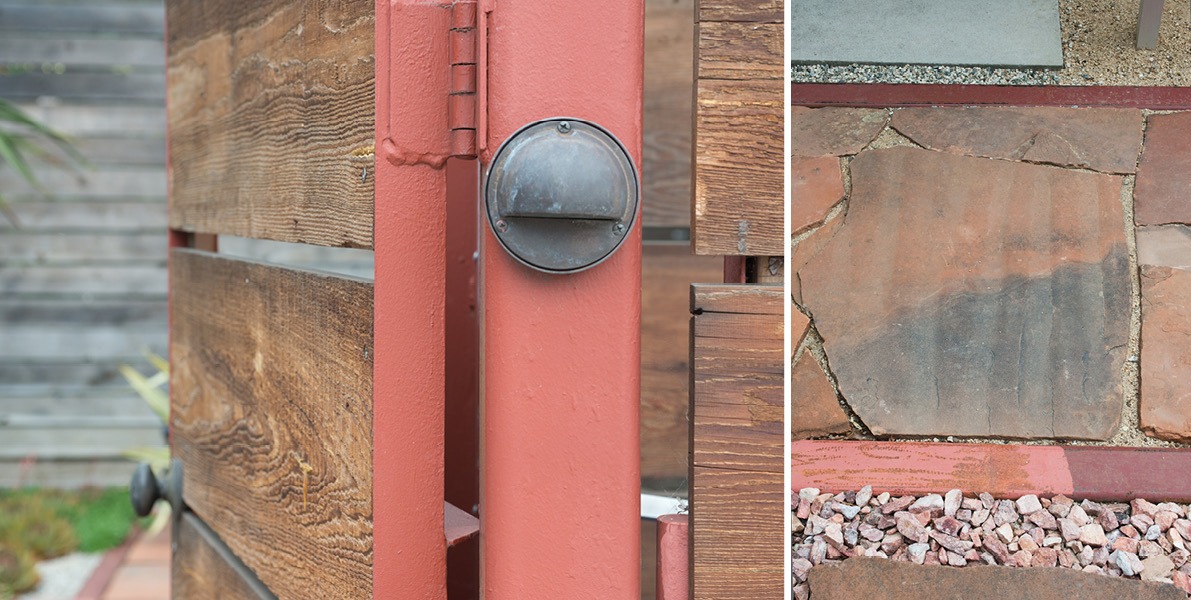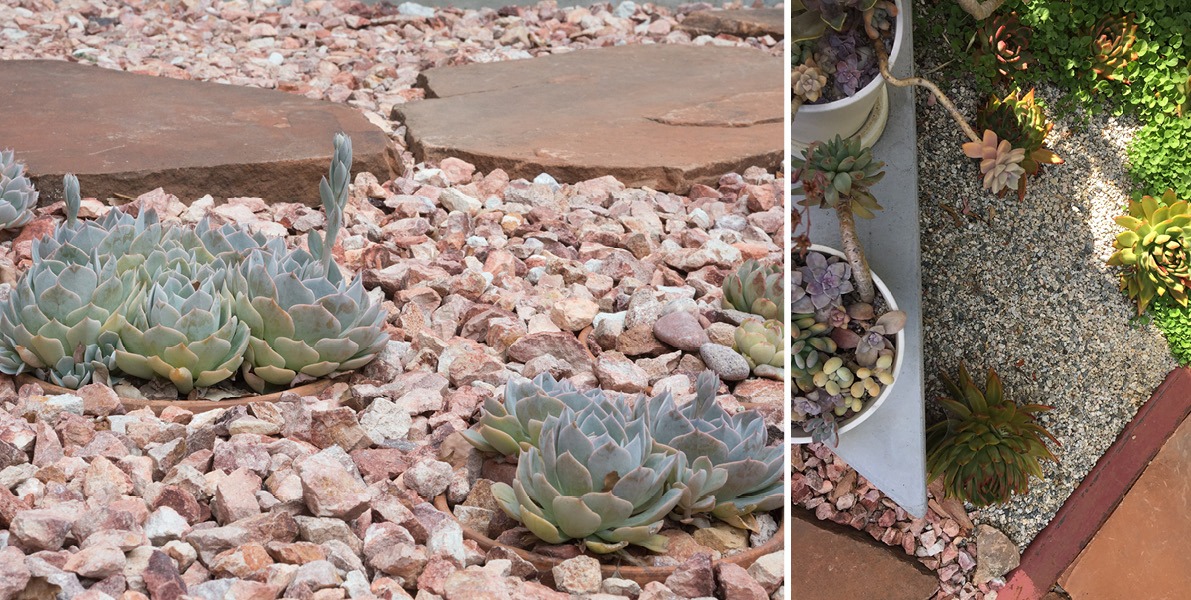
Articulating Space: Compositional Tools
I am not a conformist; it just doesn’t feel right to follow in someone else’s footsteps. Instead, I rebelliously change the world by instilling harmony in my personal environment. Indeed. The process of articulating space using compositional tools of my own is quite enjoyable!
Filled with dreams of building anew, I aspire to improve the quality of life of those closest to me. Winston Churchill said: “We make our buildings and afterwards they make us. They regulate the course of our lives.”
Being my own client gives me the freedom to make the world better for our family. Eager to do my very best, I’m on a sole quest to design comfortable, uplifting spaces that serve as a backdrop. The idea is to reach at least a little bit beyond the practical.
ChALLENGING CONVENTION IN SUBTLE WAYS, I TURN ARTICULATING SPACE INTO A GAME.
My favorite part is choreographing natural materials to evoke surprise. Playing with texture and shadow, I aim to arrive at unexpected solutions where every inch of every surface is a part of a carefully considered blissful container. Nothing is arbitrary.
Am I breaking the mold? Probably not. Still, relying on the arsenal of personal techniques, I am making a difference. These compositional tools help me arrange modest materials in proportionate, harmonious relationships; they have nothing to do with superficial stylistic embellishments.
The intent is to craft comfortably scaled space.
Mies van der Rohe said that the origin of architecture was in the first time “two bricks were put together well.” Articulating space or shaping form that feels right comes down to sensitivity and attention to detail.
A restrained palette and juxtaposition are two of my favorite compositional tools.
I love to celebrate the ordinary materials through juxtaposition. The idea is to blend artfully, respecting and amplifying the lively beauty of each component at hand.

Above is an example of how I juxtaposed precise and smooth steel with uneven, roughly textured paving material and weathered wood in my garden. Putting together old and new does not have to be about a perfect fit.
Salvaged from a project, I had access to a ton of discarded 4″x4″ steel tubing. It was much more economical to find use for the available metal instead of purchasing something else and starting from scratch. I couldn’t let it go to waste and designed a framework for a fence out of it. Obviously, that was just the beginning, but don’t let me get ahead of myself.

In the process of gutting the 90-year-old garage structure, I found a treasure — 17-foot-long wood planks to use on the fence. Then, I designed a detail connecting structural posts with wood siding and applied it consistently throughout the project.
That brings me to another one of the compositional tools I work with all the time — continuity.
For me, continuity means using a restrained palette in a variety of ways.
The 4×4 steel framework would be a good example. On the one hand, the clean-lined structure has its own order and is quite austere. On the other hand, it dutifully responds to unique conditions in various places in the garden, such as the gate and the entry to the garden room. It does something different above the meditation bench. Furthermore, at the brick wall, it creates an additional layer of support as the posts bare the responsibility of reinforcing and propping it up. (Cover image)
If that were not enough, the scavenger, the engineer, and the product designer in me had an idea of imbedding the posts into the ground to delineate major paths.
To address the issue of concealing a bank of electric panels and meters, I worked with the 2×2 steel angle employed in the fence detailing. 4×4 posts would’ve been too heavy — the screen (see above) needed to be freestanding and movable for access.

Thus, when it comes to articulating space, deliberate pairing of linear with curved, dynamic with static, protected with open might seem complicated, even daunting. Compositional tools, such as juxtaposition, restrained palette, and continuity can help in the process of achieving a well-considered, cohesive feel. They discipline you to respect the integrity of each material and dictate how it should be properly used.



